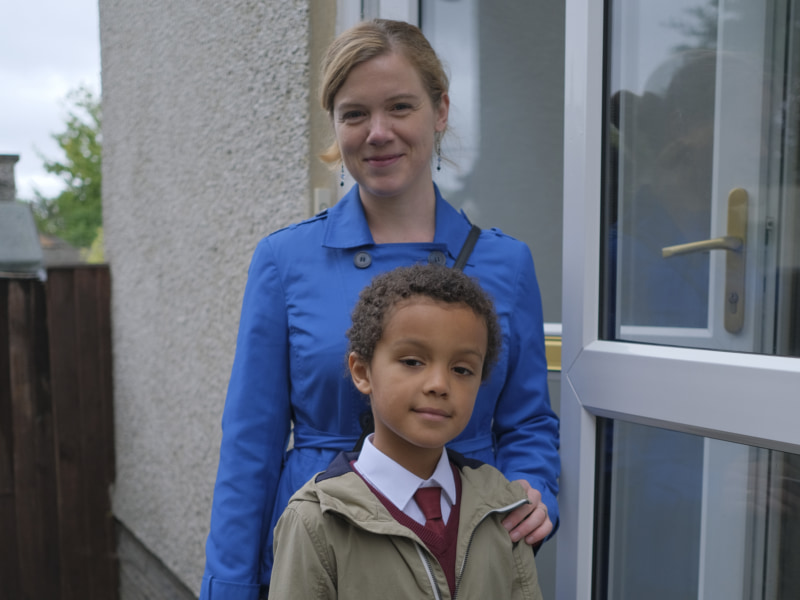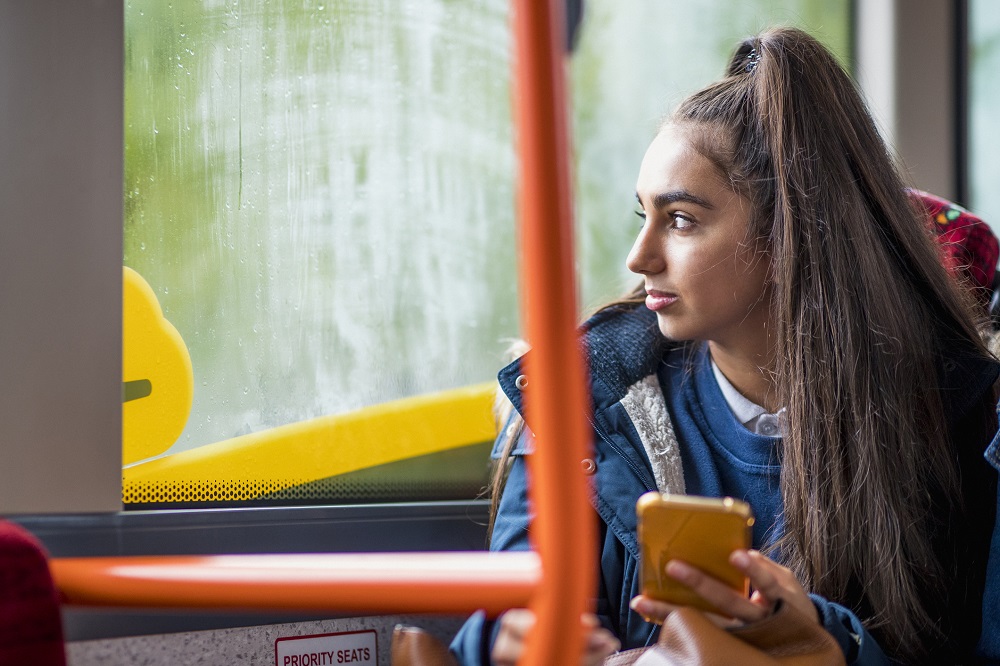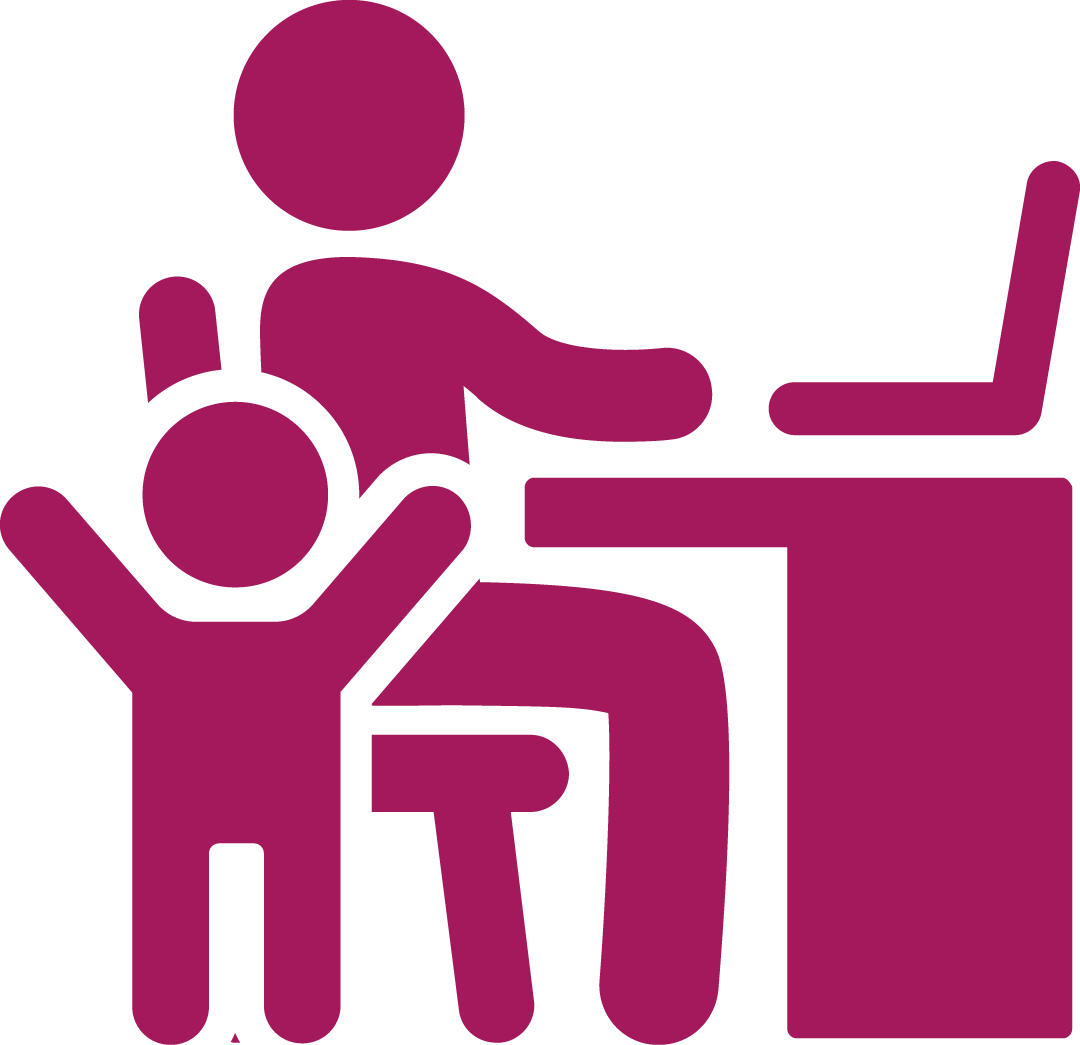Back to school can be an expensive time for parents, what with new uniforms, new shoes, a new school bag and everything else your child needs for the coming year. All those extra costs can feel like a real drain but don't worry, we have lots of tips for saving money on school items.
What are the back to school essentials?
Your school will give you a list of anything your child needs when they start or go back to school. Children of different ages need different things, but here are some things they’ll probably need:
- school uniform and shoes
- PE kit
- school bag.
Depending on the school, they may also need things like text books and stationery, but your school will let you know if this is the case.
Parents' top tips for budgeting school costs
Tip #1: Find your local 'pass it on' schemes
Check if the school has a school book library or uniform ‘pass it on’ scheme – this can really help cut costs on things like books and blazers.
There may also be local ‘pass it on’ schemes or school clothing banks in your area, for example in community centres or even shopping centres. Local Facebook groups are a great way to find out about these, and you can also find school clothing banks listed on the Connect website here.
Tip #2: See if you’re eligible for a school clothing grant
School uniforms and shoes can be really expensive, so see if you can apply for a school clothing grant from your local council. You can find out more about school clothing grants on the mygov.scot website.
Tip #3: Shop second-hand
Charity shops and second-hand stores are great places to find school essentials like bags, lunch boxes and coats. Not only will you save money, you’ll also be doing your bit for good causes and the environment! Your child's school may have a second-hand uniform shop too. You can find out more about shopping second-hand here.
Tip #4: Swap supplies
Before you go out shopping, ask around if anyone has spares. If your friends have slightly older kids they might have hand-me-down blazers or backpacks. If you buy anything in a 2 for the price of 1 deal but only need 1, you could trade the spare with your friends. You might be able to trade them for lunch boxes or a night of free babysitting!
You could also try asking on local Facebook groups if anyone has any essentials going spare or would like to do a swap.
Tip #5: Spread the cost
Make a list of what your child needs for the first day of school and see if there's anything on it that you could buy later in the year. For example, they might need a school bag straight away but a winter jacket you might be able to put off until October.
Tip #6: Keep an eye on the sales
Buying little things here and there when they're on offer can really help. Some stores start their ‘back to school’ offers before school is even out! But don’t get carried away, especially with clothing. Kids grow quickly, jumpers don’t!
Tip #7: Figure out what you really need and make a list
It's always worth reviewing what you used last year to see what you really need. Once you know where the gaps are, make a shopping list before you go out. This really keeps budgets down and your child can help tick them off when you buy them.
Tip #8: Tag that bag!
Children aren’t always the best at hanging on to their things. Name tags on uniforms, school bags or pencil cases can avoid both tears and extra costs later in the year.
Stamp and iron-on name tags can be pricey so why not write your child’s name directly on the label of their jumper or the inside of their bag?
Tip #9: Check if your child is eligible for free school meals

All children get free school meals during term-time if they go to a local authority school and are in primary 1, 2, 3, 4 or 5. Older children may also be eligible for free school meals, depending on your situation.
Visit the mygov.scot website to find out more about free school meals.
Tip #10: Check if you can get help with transport costs
Lots of local councils provide free school transport. You can get this for your child if:
- Their school isn't within walking distance - walking distance is over 2 miles from home to school if your child is under 8 or over 3 miles if your child is over 8
- Your child has additional support needs - like a disability
- Your child has a health issue which stops them walking to school
- Your child can't attend school in their catchment area (for example, if the local school is full)
- Your family has a low income
- There's no safe route for your child to walk or cycle to school
Check with your local council to see what’s available in your area. You can find out more and follow a link to contact your local council on the mygov.scot website.
Tip #11: Check out the Young Persons’ (Under 22s) Free Bus Travel Scheme
All young people and children aged 5-21 years can apply for a card to access the Young Persons’ (Under 22s) Free Bus Travel Scheme. You can find out more about the scheme and how to apply at freebus.scot.
Tip #12: Check if you’re eligible for the Scottish Child Payment and School Age Payment
If you or your partner are getting certain benefits you may be eligible for the Scottish Child Payment. This is a weekly payment for every eligible child under the age of 16. You'll get the payment every 4 weeks if your application is successful.
If you get Scottish Child Payment, Social Security Scotland will automatically check if you can get the School Age Payment when your child is first old enough to start primary school. It's up to you what you choose to spend the money on.
If you don’t get Scottish Child Payment, or have opted out of automatic payments, you must apply for School Age Payment. Families with children born between 1 March 2019 and 29 February 2020 must apply before the deadline of 28 February 2025. If you are under 18, or you’re aged 18 or 19 and someone is getting benefits for you, you don't need to get any other benefits to be eligible for School Age Payment.
You can find out more about the Scottish Child Payment and School Age Payment on mygov.scot here.
Tip #13: Check if your child is eligible for an Education Maintenance Allowance
If your child is 16 to 19 years old and wants to continue learning at school or college, they may be eligible for an Education Maintenance Allowance (EMA). You can find out more about EMAs on the mygov.scot website.
Tip #14: Make sure you're getting all of the help you're entitled to
There are lots of benefits and grants available to parents and families – our page on financial support has more information.
If you’re not sure whether you’re getting everything you’re entitled to, or you want to find out more about making your money go further, you can get free confidential advice from the Money Talk Team.
 Activities & Play
Activities & Play Behaviour
Behaviour Childcare
Childcare Development & Growing Up
Development & Growing Up Family, Friends & Relationships
Family, Friends & Relationships Feeding Your Baby
Feeding Your Baby Food & Eating
Food & Eating Health & Safety
Health & Safety Mental Health & Wellbeing
Mental Health & Wellbeing Money & Work
Money & Work Online Behaviour & Safety
Online Behaviour & Safety Pregnancy & First Days
Pregnancy & First Days School & Education
School & Education Sleep
Sleep









 Online Behaviour & Safety
Online Behaviour & Safety
 Childcare
Childcare